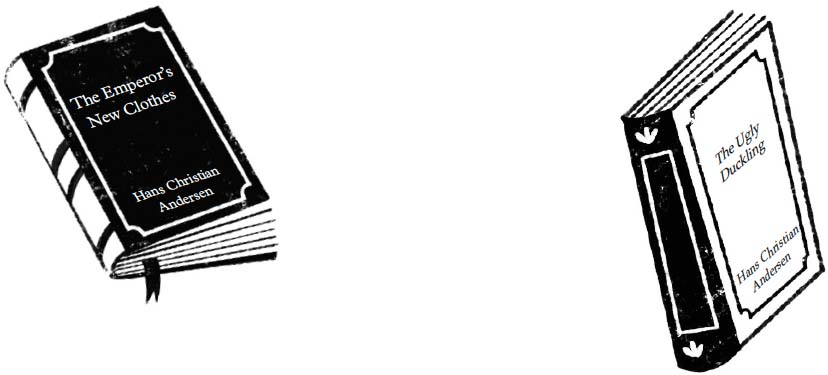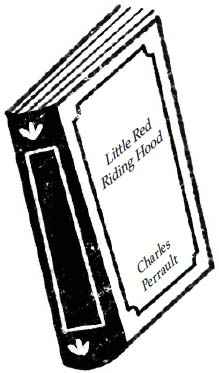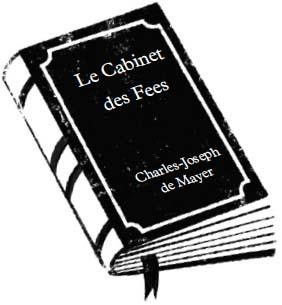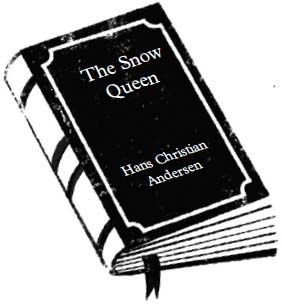![]() n Paris, Tilly and Oskar explore the unpredictable world of fairy tales, a place where the usual bookwandering rules don’t quite apply. For bookwanderers, this is because fairy tales, like myths or folk stories, aren’t rooted in one Source Edition. And, if you read fairy tales, you’ll discover lots of different versions of the same stories and characters – you never know if you’re going to find a happy ending or not …
n Paris, Tilly and Oskar explore the unpredictable world of fairy tales, a place where the usual bookwandering rules don’t quite apply. For bookwanderers, this is because fairy tales, like myths or folk stories, aren’t rooted in one Source Edition. And, if you read fairy tales, you’ll discover lots of different versions of the same stories and characters – you never know if you’re going to find a happy ending or not …
Most of the fairy tales which are familiar to us today have grown out of hundreds of years of storytelling from all over the world. Some researchers think they were even being shared in the Bronze Age – that’s over 6,500 years ago! There are references to fairy tales being told among all different kinds of people for thousands of years.
A lot of the famous fairy tales we know today were collected by storytellers who went in search of their favourites. Some of the most well-known fairytale collectors are the Brothers Grimm, two German real-life brothers called Jacob and Wilhelm, who published a collection of stories called Children’s and Household Tales in two parts, first in 1812 and then in 1815. Stories such as ‘Rapunzel’ and ‘Hansel and Gretel’ – two stories Tilly and Oskar encounter – were printed in these books for the first time.

Another celebrated collector was a Danish writer, Hans Christian Andersen, who wrote down a whopping 3,381 fairy tales over his life, including popular stories like ‘The Emperor’s New Clothes’ and ‘The Ugly Duckling’.

When Tilly and Oskar first bookwander into a fairy tale together, they visit a version of ‘Little Red Riding Hood’ – a story with a lot of different versions, characters and endings. There are records of it being told as long ago as the tenth century in France, and possibly has roots in East Asian stories about a tiger grandmother.

Tilly and Oskar visit the first known printed version, which was created by a French writer called Charles Perrault in 1697. However, this one usually has a rather gory ending – which, luckily for Tilly and Oskar, an errant version of Red Riding Hood stops from happening. Many important collections of fairy tales originated in France. Gretchen’s shop, the Faery Cabinet, is actually named after a famous illustrated French book of stories called Le Cabinet des Fees from the eighteenth century. It was published in a huge forty-one volumes by a man called Charles-Joseph de Mayer.

In recent decades, filmmakers such as Disney have used fairy tales as a basis for some of their films, and have created their own versions. Frozen is inspired by Hans Christian Andersen’s ‘The Snow Queen’, and ‘Tangled’ is of course a retelling of ‘Rapunzel’.

Fairy tales are constantly evolving and changing as readers want different things from stories; and that’s what makes them dangerous for a bookwanderer, but fascinating for readers and writers. Maybe you could even write one of your own …